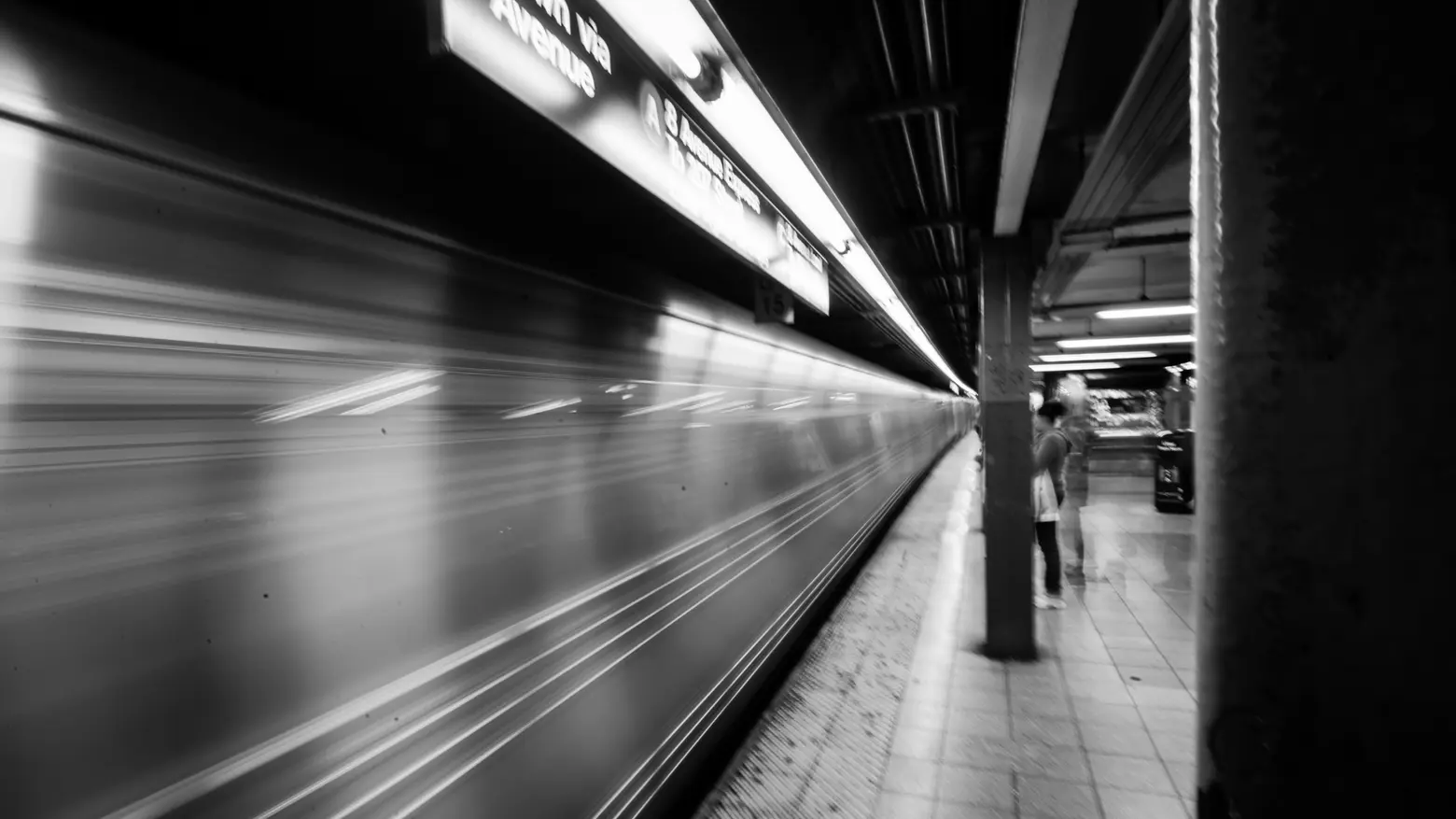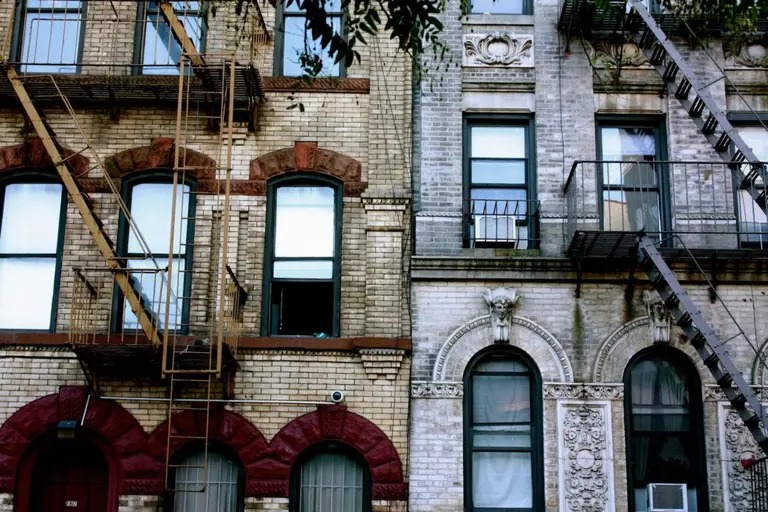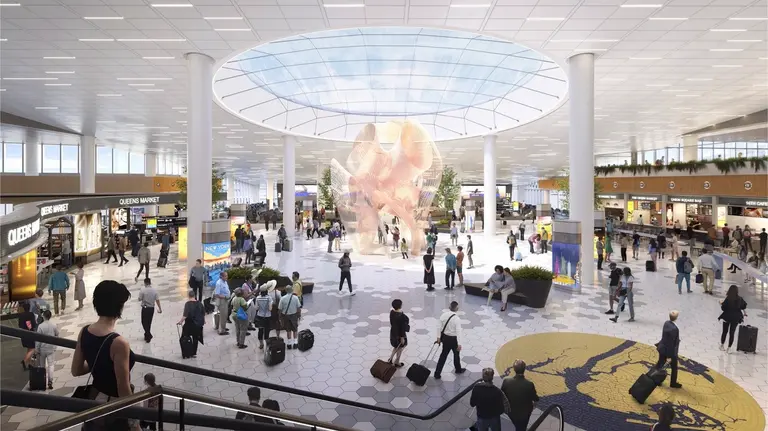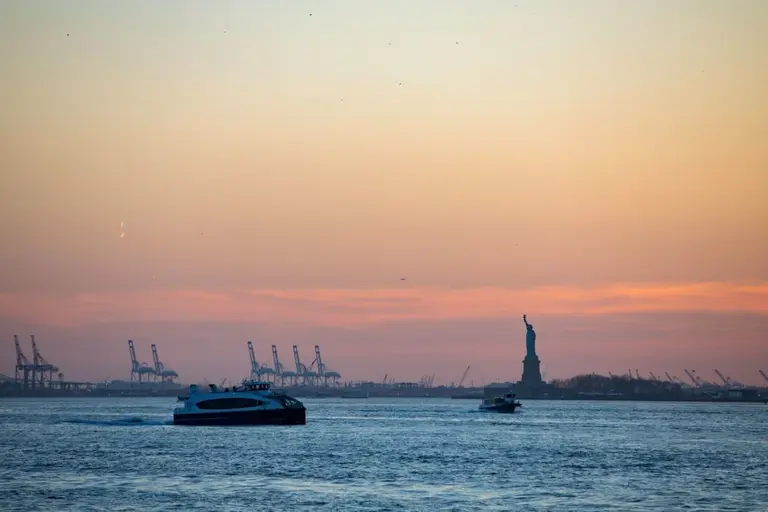MTA report says subway speeds should be increased by 50 percent

Photo by Ed Schipul / Flickr cc
In June, Governor Cuomo advocated for an MTA task force that would specifically address issues related to subway speeds. After an initial analysis, the Speed and Safety Task Force found that subways in 2019 were running slower than they did 20 years ago due in large part to a flawed signal system and deficient posting of speed limits. Using that information, the Task Force released this week its preliminary findings, which note that “train speeds could be increased by as much as 50 percent” if these issues are fixed.
The initial study of the Task Force looked at tracks from 14th Street to 34th Street Penn Station on the 1,2,3 trains and the Manhattan stretch of the 7 train. This led them to identify four areas of focus:
- Reducing running times through straight tracks and interlockings
- Improving running times through curves
- Alleviating bottlenecks and fine-tuning schedules to optimize train movement
- Updating speed signage to increase train operator confidence
But it’s not as simple as just speeding up trains. The Daily News obtained a copy of the report, compiled by consulting firm STV, and concluded that “speeding up trains may not be possible on stretches of track that have outdated signaling technology…Some of the signal timers operate on a two-second delay, and the report states that delay cannot be reduced without causing a safety risk.”
Another issue is that many train operators are fearful of driving at or above the posted the speed limits, believing that signal timers–which put on the emergency brakes when a train goes too fast or gets to close to another train–aren’t properly calibrated. As 6sqft previously reported, this became an issue “after two trains collided on the Williamsburg Bridge in 1995, killing a J-train operator and injuring dozens of riders.” In response, the MTA instituted lower speed limits and altered signal systems to automatically trip train brakes.
However, the MTA notes that “car design and track geometry” have improved over the decades, allowing trains to operate at higher speeds. This was never actually studied, though, and therefore the speed limits were never changed. In the next phase of the project, NYC Transit and the Transport Workers Union will be sure that any miscalibrated signal timers are fixed. To safely achieve this, the group will employ “train operation testing in actual conditions to determine running speeds in different configurations.”
Joining in the announcement, Governor Cuomo likened the subway speed progress to his restructuring of the L train shutdown:
[The Train Speed and Safety Task Force] is like the L Train tunnel in that it is just a fundamental rethinking of the way you do business, which is very hard for a bureaucracy to do…This is an impactful change. You drive the train faster, you will get where you are going faster. What do riders want? Get me where I’m going, get me there on a predictable timeline, get me there faster, keep me safe, let me be in a basic clean environment, and this can make a real change. So well done.
The current report is only preliminary; the Task Force’s final recommendations will be provided to MTA Chairman Patrick Foye by the end of the year.
Nearly a year ago, the MTA doubled the speed limit on parts of the N and R lines in Brooklyn from 15 to as much as 30 miles per hour.
RELATED:
- To reduce delays, MTA to increase subway speed limits at 100 locations
- MTA capital plan under scrutiny as Cuomo, transit watchdogs weigh in on top priorities
- Cuomo declares a ‘state of emergency’ for the NYC subway, gives MTA $1B for repairs



























